Home>Gardening & Outdoor>Outdoor Recreation & Activities>What Ppm Chlorine In Swimming Pool Water
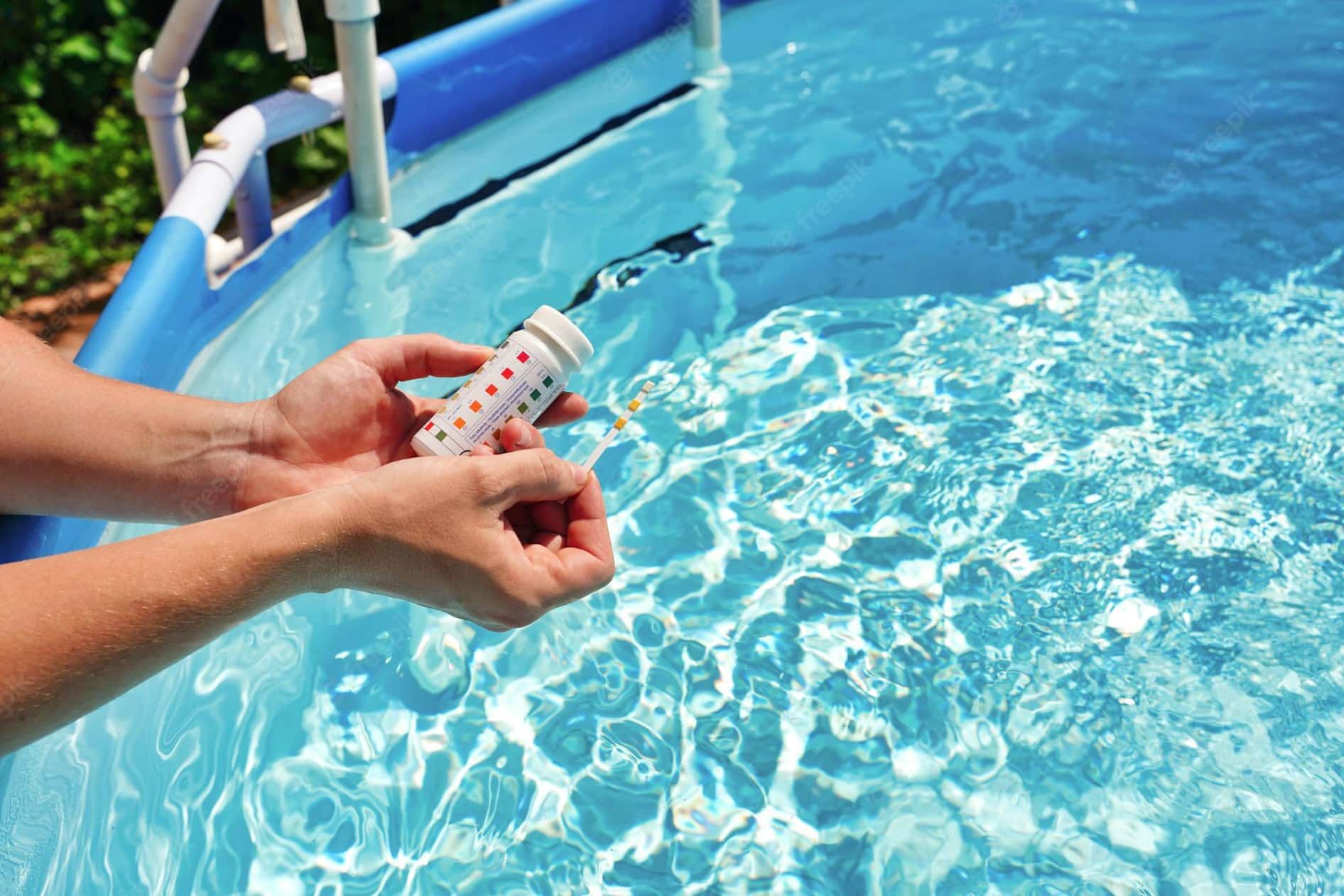

Outdoor Recreation & Activities
What Ppm Chlorine In Swimming Pool Water
Published: February 18, 2024
Ensure safe swimming with the right chlorine levels in your pool water. Learn about ideal ppm chlorine levels for outdoor recreation and activities.
(Many of the links in this article redirect to a specific reviewed product. Your purchase of these products through affiliate links helps to generate commission for Storables.com, at no extra cost. Learn more)
Introduction
Maintaining a clean and safe swimming pool is essential for the well-being of swimmers and the longevity of the pool itself. One of the key components in achieving this is the proper maintenance of chlorine levels in the pool water. Chlorine serves as a powerful disinfectant, effectively eliminating harmful bacteria, algae, and other contaminants that can compromise the water quality. Understanding the significance of maintaining the correct level of chlorine in swimming pool water is crucial for pool owners and operators.
In this comprehensive guide, we will delve into the importance of chlorine in swimming pool water, the ideal parts per million (PPM) of chlorine, the factors that can affect chlorine PPM levels, and the methods for testing and maintaining the appropriate chlorine levels. By the end of this article, you will have a clear understanding of the critical role that chlorine plays in preserving the cleanliness and safety of swimming pool water, as well as the necessary steps to ensure its effectiveness.
Key Takeaways:
- Maintaining the right amount of chlorine in your pool keeps the water clean and safe for swimming. It fights germs, prevents algae, and makes the pool look inviting.
- Factors like sunlight, number of swimmers, and pH levels can affect chlorine levels. Testing and adjusting chlorine regularly keeps the pool water healthy and enjoyable for everyone.
Read more: Why Is Chlorine Added To Swimming Pool Water
Importance of Chlorine in Swimming Pool Water
Chlorine is a fundamental element in maintaining the hygiene and safety of swimming pool water. Its primary role is to disinfect the water by eradicating harmful microorganisms, including bacteria, viruses, and algae. Without proper disinfection, swimming pool water can become a breeding ground for these contaminants, posing significant health risks to swimmers.
Chlorine achieves this disinfection through a process called oxidation, where it effectively breaks down organic matter and destroys pathogens. This crucial function helps prevent the spread of waterborne illnesses and ensures that the pool water remains clear, clean, and safe for recreational use.
Moreover, chlorine plays a pivotal role in controlling the formation of algae and other unsightly growths in the pool. By inhibiting the growth of algae, chlorine helps maintain the visual appeal of the water, creating a more inviting and enjoyable swimming environment.
In addition to its disinfecting properties, chlorine also acts as a residual sanitizer, providing ongoing protection against contaminants that may enter the pool from various sources, such as swimmers' bodies, environmental debris, and other external factors. This residual sanitizing effect helps to sustain the cleanliness and purity of the water between regular maintenance routines.
Furthermore, chlorine contributes to the overall balance of the pool water by controlling the levels of combined chlorine, also known as chloramines. Excessive chloramines can lead to unpleasant odors, skin and eye irritation, and a decrease in the effectiveness of chlorine as a sanitizer. Therefore, maintaining the appropriate chlorine levels is crucial for preventing the accumulation of chloramines and ensuring a comfortable and safe swimming experience for all pool users.
In summary, the importance of chlorine in swimming pool water cannot be overstated. From its role in disinfection and algae control to residual sanitization and the maintenance of water balance, chlorine is indispensable for preserving the cleanliness, safety, and visual appeal of swimming pool water. Understanding and managing the chlorine levels effectively is essential for upholding the overall quality of the pool environment and safeguarding the well-being of swimmers.
Ideal PPM of Chlorine in Swimming Pool Water
The ideal parts per million (PPM) of chlorine in swimming pool water is a critical parameter that directly influences the effectiveness of the disinfection process and the overall water quality. The recommended PPM of chlorine typically falls within the range of 1.0 to 3.0 PPM for residential pools and 2.0 to 4.0 PPM for commercial pools. These values are considered optimal for ensuring proper sanitation and safety for swimmers while minimizing the risk of chlorine-related issues.
Maintaining chlorine levels within this ideal range is essential for several reasons. Firstly, it ensures that the water is effectively sanitized, eliminating harmful microorganisms and contaminants. Chlorine at the appropriate PPM acts as a potent disinfectant, capable of destroying bacteria, viruses, and algae, thereby preventing the spread of waterborne illnesses and maintaining a hygienic swimming environment.
Furthermore, the ideal PPM of chlorine contributes to the prevention of algae growth. By consistently maintaining chlorine levels within the recommended range, pool owners can effectively inhibit the formation and proliferation of algae, preserving the visual clarity and aesthetic appeal of the water. This not only enhances the overall appearance of the pool but also reduces the need for extensive cleaning and maintenance to combat algae infestations.
In addition, the recommended PPM of chlorine plays a crucial role in controlling combined chlorine, or chloramines, which can lead to unpleasant odors and skin irritation. By ensuring that the chlorine levels are within the specified range, the formation of chloramines is minimized, thereby preventing the associated negative effects and maintaining a comfortable swimming environment for all pool users.
It is important to note that the ideal PPM of chlorine may vary based on factors such as water temperature, bather load, and environmental conditions. For instance, higher temperatures and increased pool usage can lead to faster chlorine depletion, necessitating more frequent monitoring and adjustments to maintain the desired PPM. Similarly, environmental factors such as sunlight exposure and rainfall can impact chlorine levels, requiring vigilant management to uphold the recommended PPM range.
In summary, the ideal PPM of chlorine in swimming pool water serves as a crucial parameter for ensuring effective disinfection, preventing algae growth, and controlling chloramines. By adhering to the recommended PPM range and considering relevant environmental and usage factors, pool owners can uphold the cleanliness, safety, and visual appeal of their pools, providing a pleasant and hygienic swimming experience for all.
Factors Affecting Chlorine PPM Levels
Several factors can significantly influence the levels of chlorine in swimming pool water, impacting its effectiveness as a disinfectant and sanitizer. Understanding these factors is crucial for maintaining the appropriate chlorine PPM levels and ensuring the cleanliness and safety of the pool environment.
-
Bather Load: The number of swimmers using the pool directly affects chlorine PPM levels. As individuals enter the pool, they introduce organic contaminants such as sweat, oils, and personal care products. These contaminants react with chlorine, leading to its depletion and necessitating adjustments to maintain the desired PPM. Higher bather loads require more frequent monitoring and chlorine supplementation to compensate for the increased organic load.
-
Water Temperature: Warmer water temperatures accelerate the consumption of chlorine, leading to faster depletion of PPM levels. This is due to the increased activity of microorganisms in warmer water, necessitating higher chlorine doses to maintain effective sanitation. Pool owners should be vigilant in monitoring and adjusting chlorine levels, especially during periods of elevated water temperatures.
-
pH Levels: The pH of the pool water plays a critical role in the efficacy of chlorine. Imbalanced pH levels can impact the ability of chlorine to sanitize the water effectively. High pH levels can reduce the potency of chlorine, requiring higher PPM to achieve the desired disinfection, while low pH levels can result in rapid chlorine depletion. Maintaining the pH within the recommended range (7.2 to 7.8) is essential for optimizing chlorine effectiveness and PPM stability.
-
Sunlight Exposure: Exposure to direct sunlight can lead to the degradation of chlorine due to UV radiation. This photodegradation reduces the available chlorine in the water, necessitating more frequent additions of chlorine to maintain the desired PPM levels. Pool covers and strategic scheduling of chlorine dosing can help mitigate the impact of sunlight exposure on chlorine PPM.
-
Environmental Factors: External elements such as rainfall, wind-blown debris, and surrounding vegetation can introduce contaminants and organic matter into the pool, affecting chlorine demand. Rainfall, in particular, can dilute the pool water and reduce chlorine concentration, requiring adjustments to restore the appropriate PPM levels. Regular skimming, filtration, and maintenance practices are essential for managing environmental influences on chlorine PPM.
-
Chlorine Stabilizer: The presence of a stabilizer, such as cyanuric acid, can impact chlorine stability and longevity. Stabilizers help shield chlorine from UV degradation, extending its effectiveness and reducing the frequency of chlorine supplementation. However, excessive stabilizer levels can hinder chlorine's disinfection capabilities, necessitating careful monitoring and management to maintain the optimal balance between stabilizer and free chlorine.
By considering and addressing these factors, pool owners and operators can effectively manage and maintain the appropriate chlorine PPM levels, ensuring the continued cleanliness, safety, and efficacy of their swimming pool water. Vigilant monitoring, regular testing, and proactive adjustments are essential for mitigating the impact of these factors and upholding the desired chlorine PPM for a pristine and inviting pool environment.
Testing and Maintaining Chlorine PPM in Swimming Pool Water
Maintaining the appropriate level of chlorine in swimming pool water requires diligent testing and proactive measures to ensure optimal disinfection and sanitation. Testing the chlorine PPM is a fundamental aspect of pool maintenance, providing crucial insights into the effectiveness of the disinfection process and guiding the necessary adjustments to uphold the desired levels. Here's a detailed look at the essential steps involved in testing and maintaining chlorine PPM in swimming pool water.
Read more: What Is Free Chlorine In A Swimming Pool
Regular Testing
Regular testing of chlorine PPM is imperative to monitor the effectiveness of the disinfection process and maintain the desired levels for water safety. Pool owners should utilize reliable testing kits, including test strips or liquid reagents, to measure the chlorine concentration accurately. These tests should be conducted at least twice a week for residential pools and even more frequently for commercial or heavily used pools. By consistently monitoring the chlorine PPM, pool operators can promptly identify any deviations from the ideal range and take corrective actions to ensure water quality.
Adjusting Chlorine Levels
Upon obtaining the test results, pool owners can make informed decisions regarding the adjustment of chlorine levels. If the chlorine PPM falls below the recommended range, additional chlorine, in the form of liquid, granular, or tablet chlorine, should be added to the water to restore the optimal concentration. Conversely, if the chlorine PPM exceeds the upper limit, dilution with fresh water or the reduction of chlorine input may be necessary to bring the levels back within the recommended range. Careful and precise adjustments are essential to maintain the balance between effective disinfection and preventing potential chlorine-related issues.
Consideration of Environmental Factors
When testing and maintaining chlorine PPM, it is crucial to consider environmental factors that may impact chlorine levels. As mentioned earlier, factors such as sunlight exposure, bather load, water temperature, and rainfall can influence the demand for chlorine. Pool operators should factor in these variables when interpreting test results and making adjustments. For instance, higher temperatures and increased pool usage may necessitate more frequent testing and chlorine supplementation to compensate for accelerated chlorine depletion.
Routine Maintenance Practices
In addition to testing and adjusting chlorine levels, routine maintenance practices play a vital role in sustaining the desired chlorine PPM. Proper filtration, regular skimming to remove debris, and effective circulation of pool water contribute to maintaining water quality and minimizing the burden on chlorine. Furthermore, ensuring the proper functioning of the pool's filtration and circulation systems is essential for optimizing chlorine distribution and efficacy throughout the water.
Professional Assistance
In cases where maintaining chlorine PPM becomes challenging or requires specialized expertise, seeking professional assistance from certified pool technicians or water treatment specialists is advisable. These professionals can conduct comprehensive water analysis, offer tailored recommendations for chlorine management, and provide valuable insights into optimizing pool water quality.
By diligently testing and maintaining the chlorine PPM in swimming pool water, pool owners and operators can uphold the effectiveness of disinfection, safeguard the health of swimmers, and preserve the overall quality of the pool environment. Consistent monitoring, informed adjustments, and adherence to best practices are essential for ensuring a safe, clean, and inviting swimming experience for all.
Conclusion
In conclusion, the proper maintenance of chlorine levels in swimming pool water is paramount for ensuring the cleanliness, safety, and overall quality of the pool environment. The significance of chlorine as a disinfectant and residual sanitizer cannot be overstated, as it plays a pivotal role in eradicating harmful microorganisms, controlling algae growth, and maintaining water balance. By adhering to the recommended parts per million (PPM) range of chlorine, typically between 1.0 to 3.0 PPM for residential pools and 2.0 to 4.0 PPM for commercial pools, pool owners can effectively safeguard the well-being of swimmers and preserve the visual appeal of the water.
Understanding the factors that can influence chlorine PPM levels, including bather load, water temperature, pH levels, sunlight exposure, environmental influences, and the presence of stabilizers, is essential for proactive management and maintenance. By addressing these factors and implementing appropriate adjustments, pool operators can mitigate the impact of chlorine depletion and fluctuations, ensuring consistent disinfection and sanitation.
Regular testing of chlorine PPM, coupled with informed adjustments and consideration of environmental variables, forms the cornerstone of effective chlorine management. This proactive approach enables pool owners to uphold the desired chlorine levels, prevent potential waterborne illnesses, and create a comfortable and inviting swimming environment for all users.
Furthermore, routine maintenance practices, such as proper filtration, skimming, and circulation, complement chlorine management efforts by minimizing the burden on chlorine and sustaining water quality. Seeking professional assistance when faced with complex chlorine management challenges can provide valuable insights and tailored recommendations for optimizing pool water quality.
By prioritizing the testing and maintenance of chlorine PPM, pool owners and operators demonstrate their commitment to upholding the highest standards of cleanliness, safety, and hygiene in their swimming pools. This dedication not only enhances the swimming experience for users but also contributes to the longevity and sustainability of the pool infrastructure.
In essence, the conscientious management of chlorine levels in swimming pool water is a fundamental aspect of responsible pool ownership and operation. By embracing best practices, remaining vigilant in testing and adjustments, and staying attuned to environmental influences, pool owners can create a pristine and inviting aquatic environment that promotes health, well-being, and enjoyment for all.
Frequently Asked Questions about What Ppm Chlorine In Swimming Pool Water
Was this page helpful?
At Storables.com, we guarantee accurate and reliable information. Our content, validated by Expert Board Contributors, is crafted following stringent Editorial Policies. We're committed to providing you with well-researched, expert-backed insights for all your informational needs.
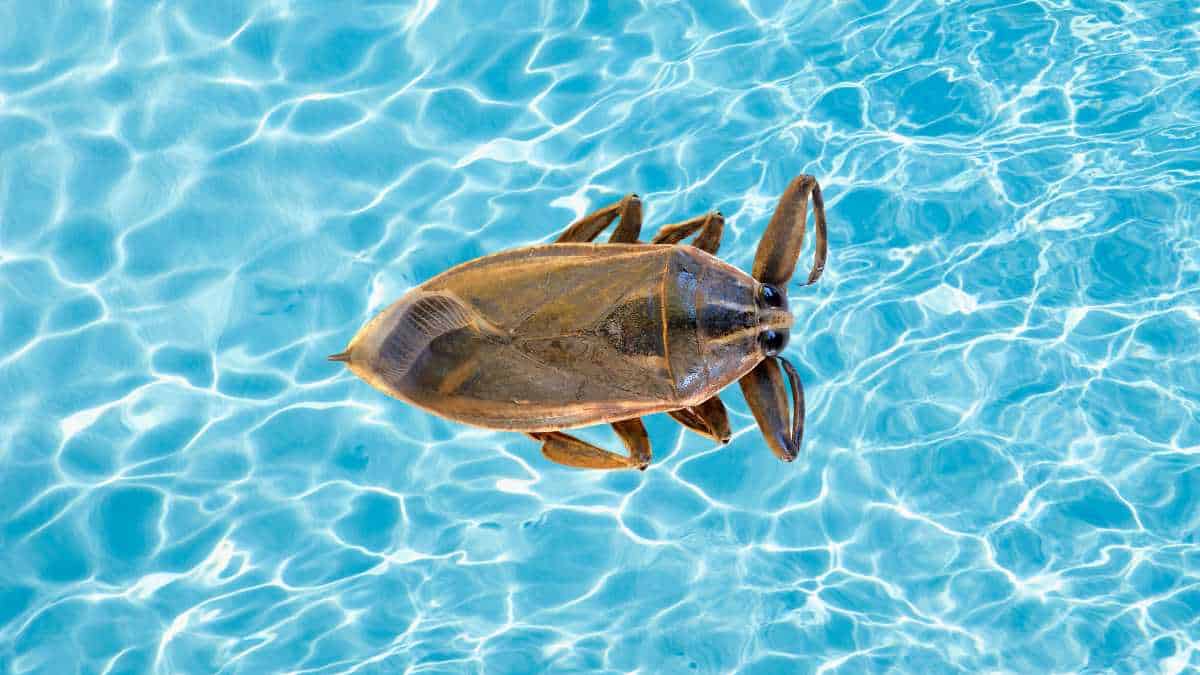
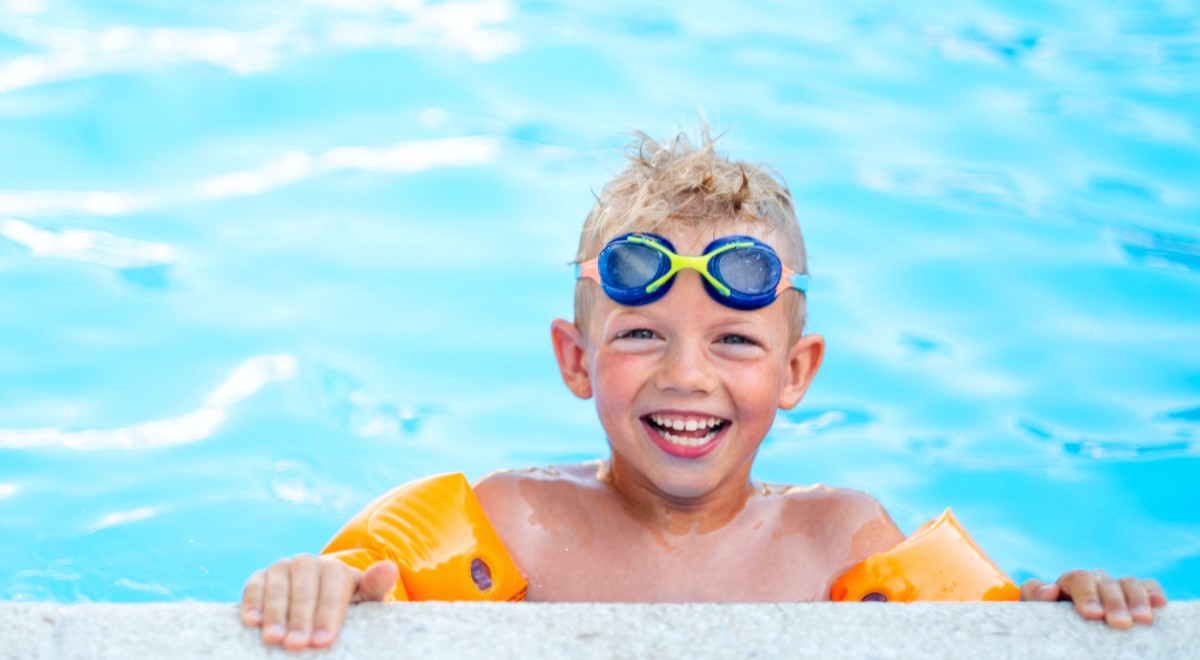
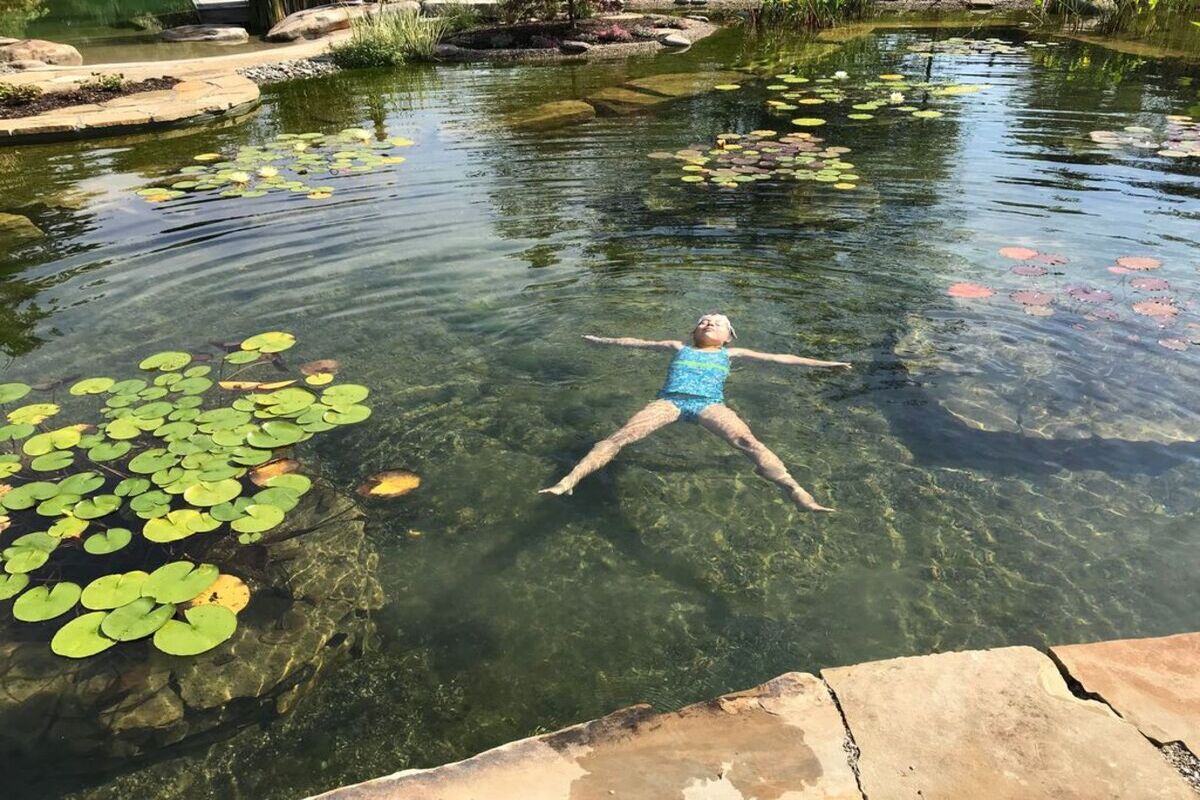
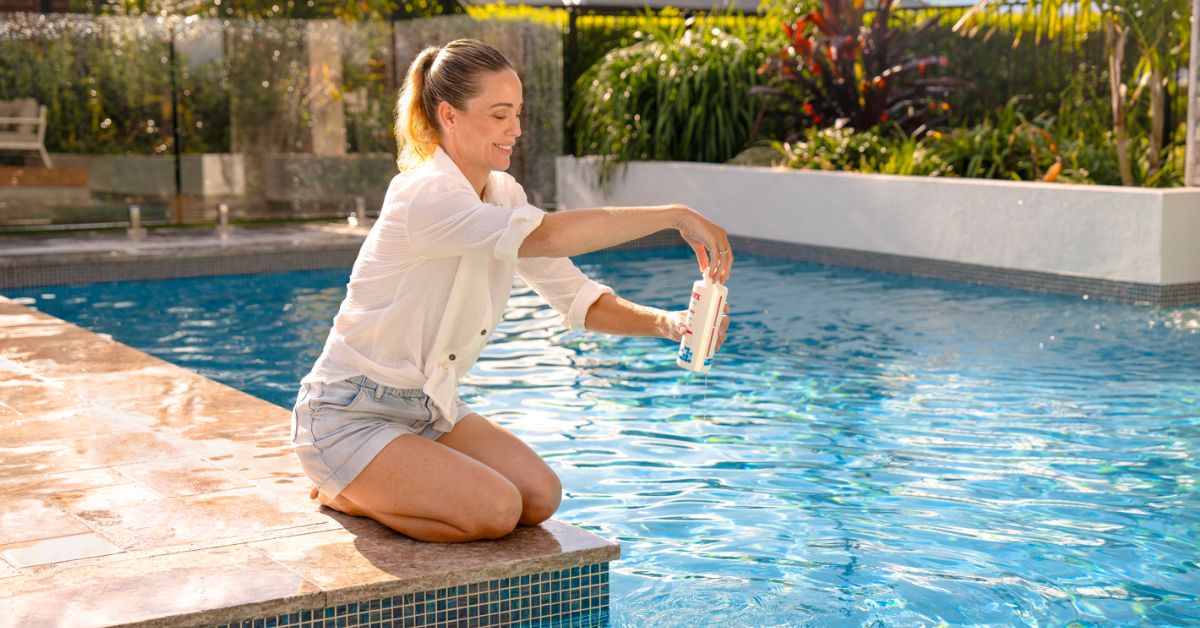
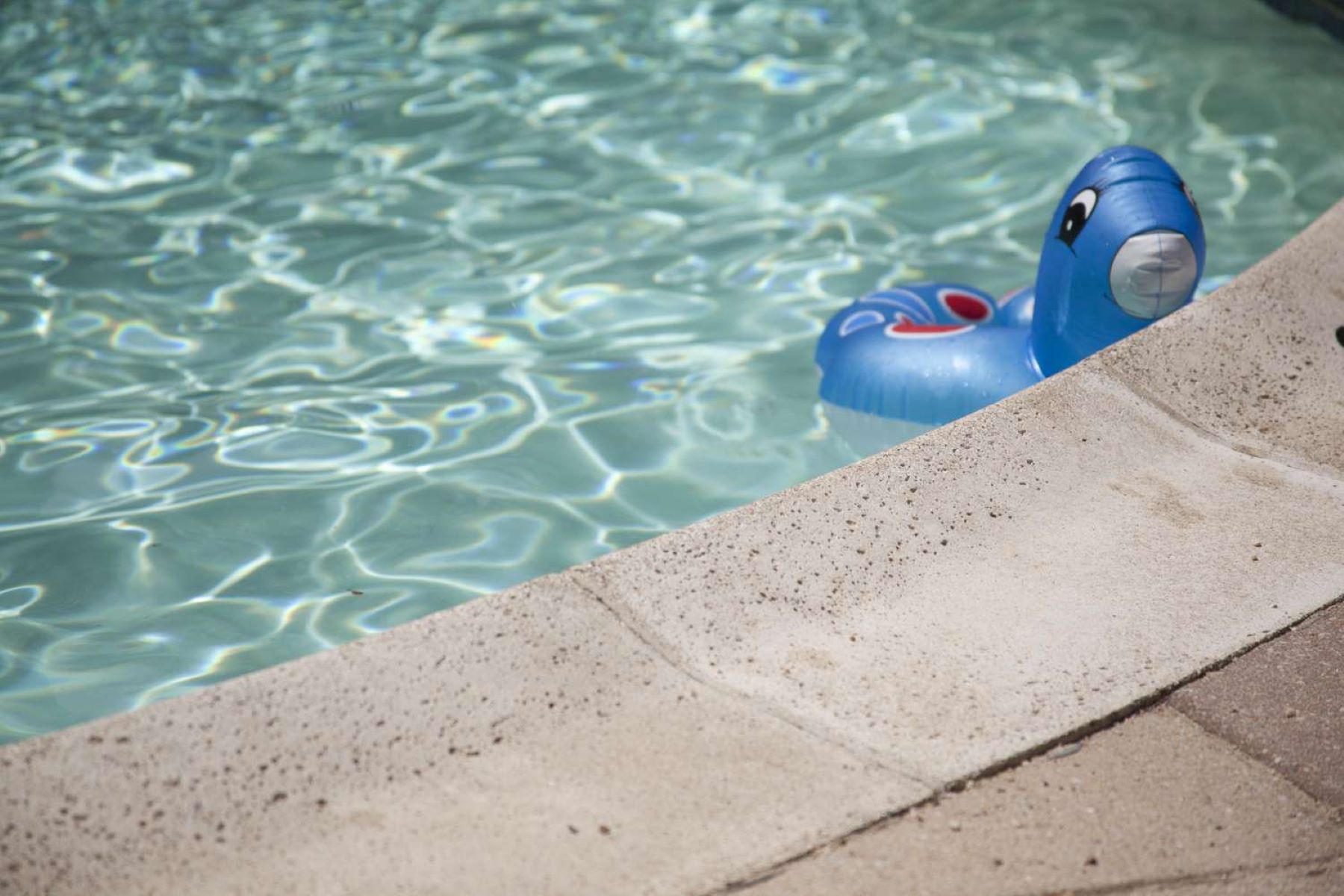
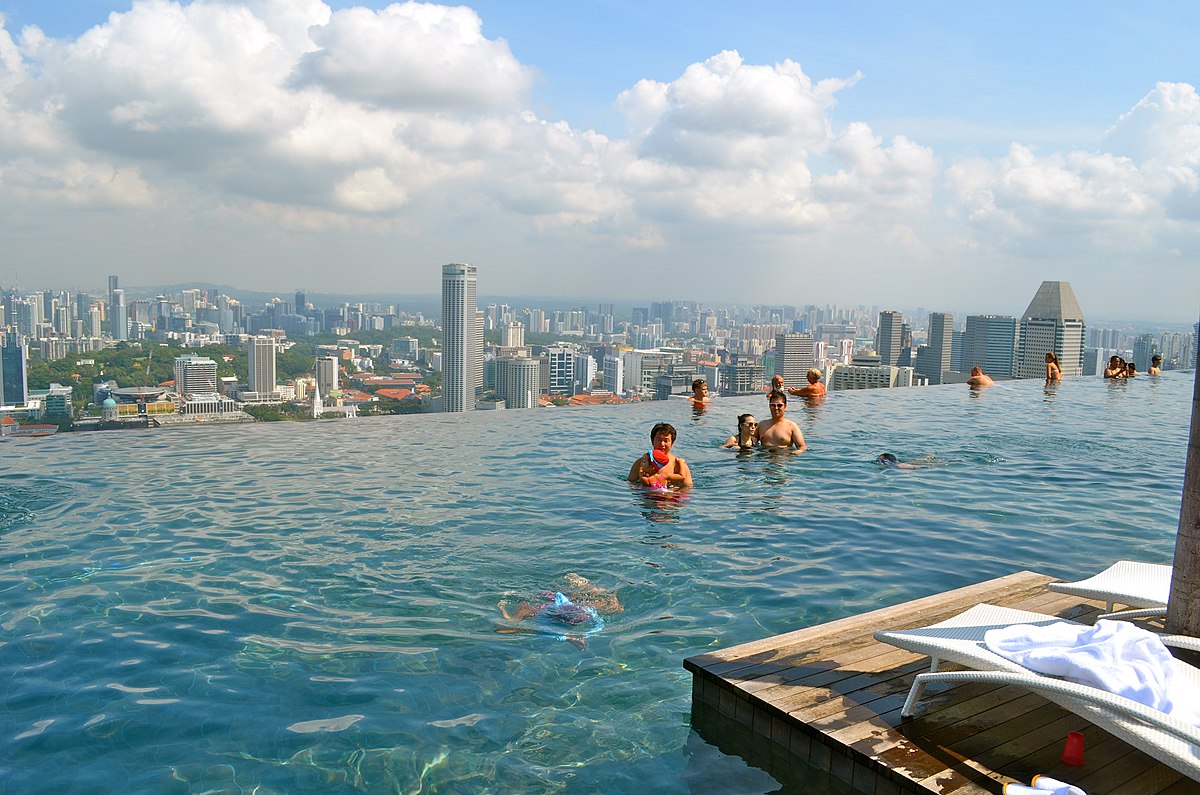
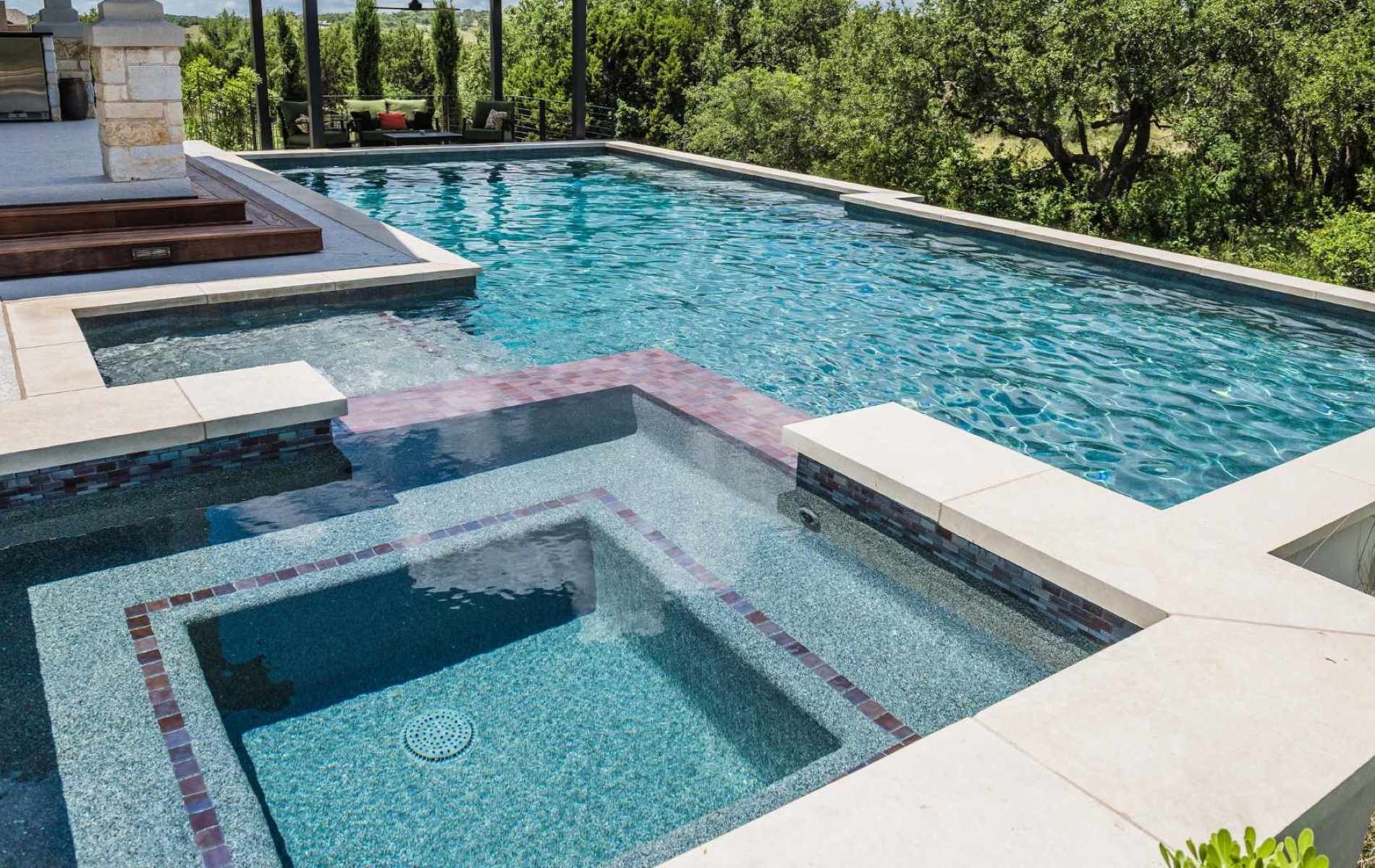
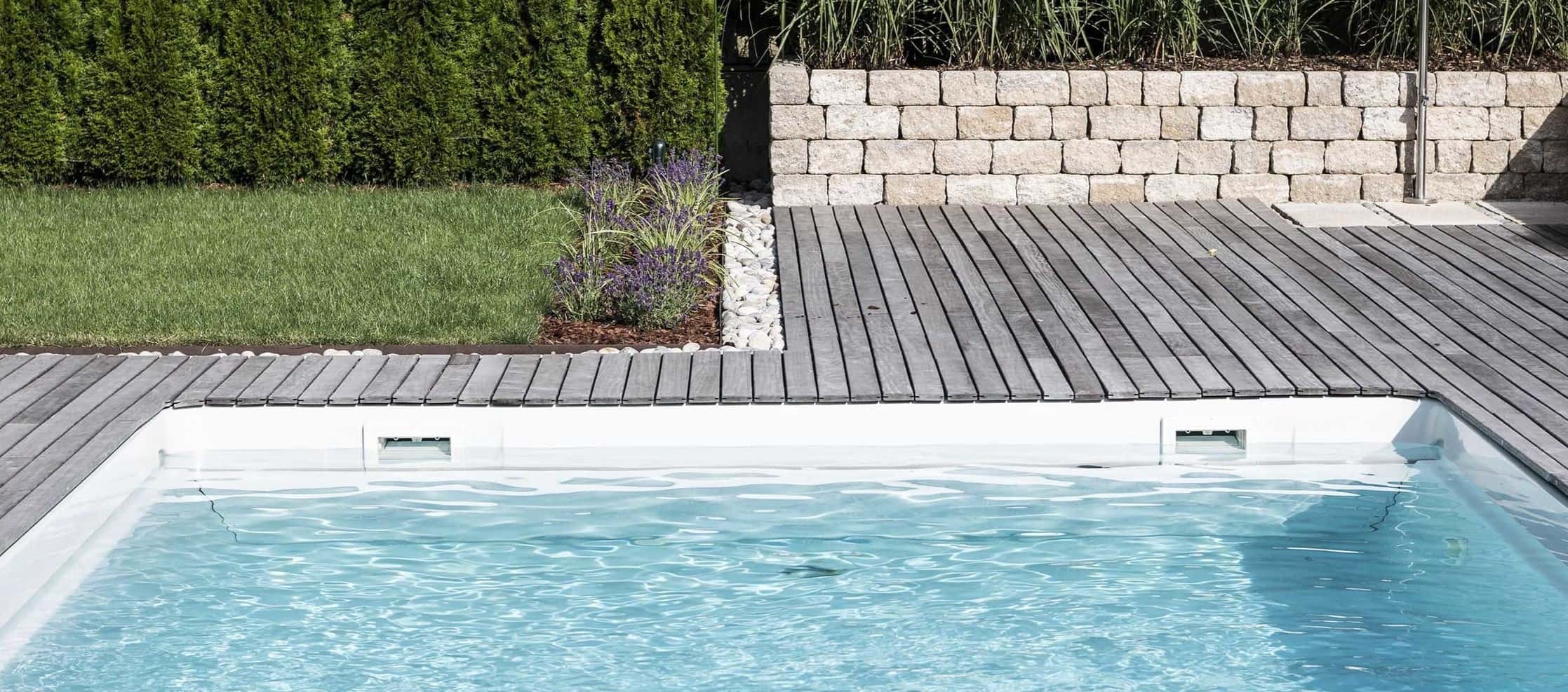

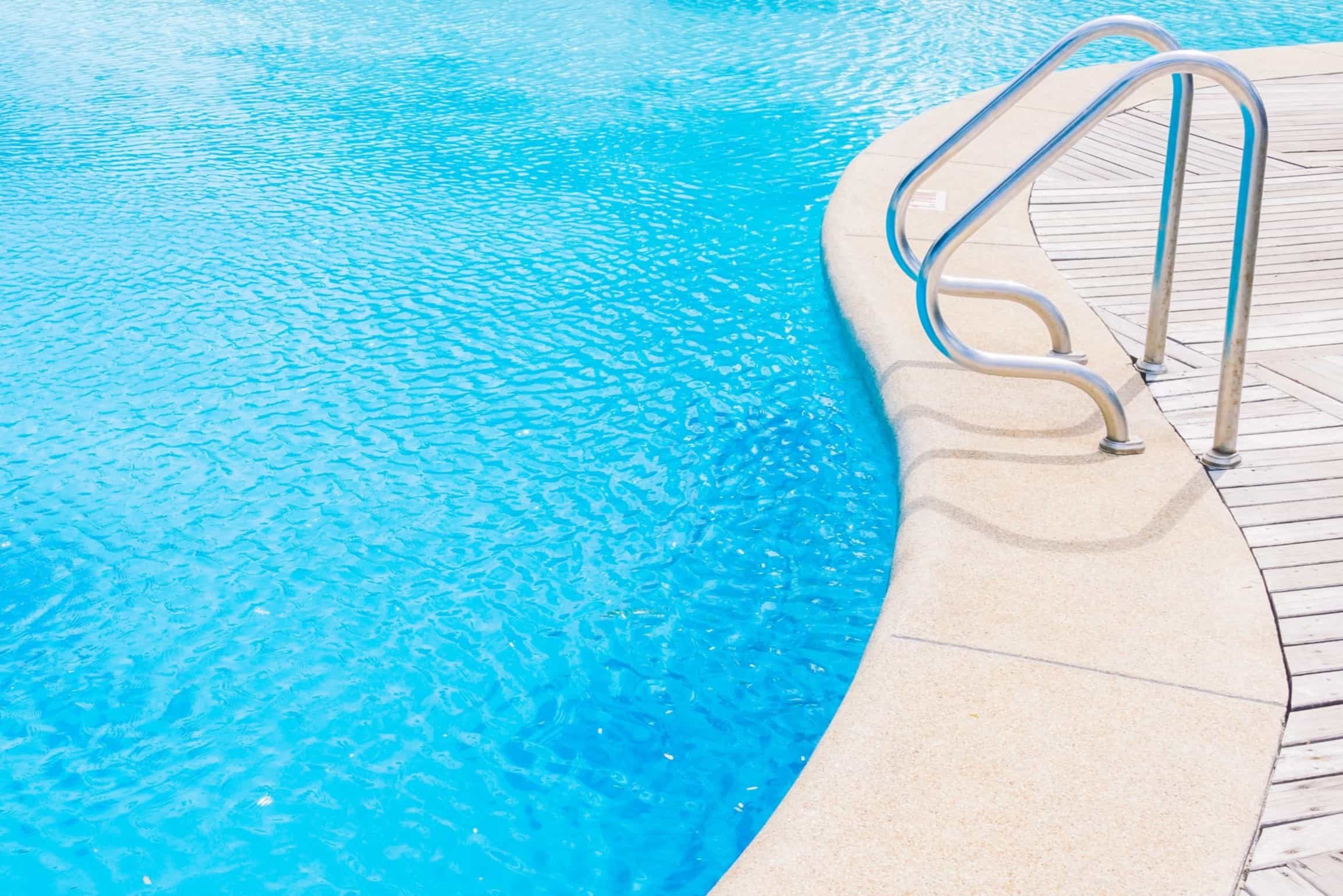
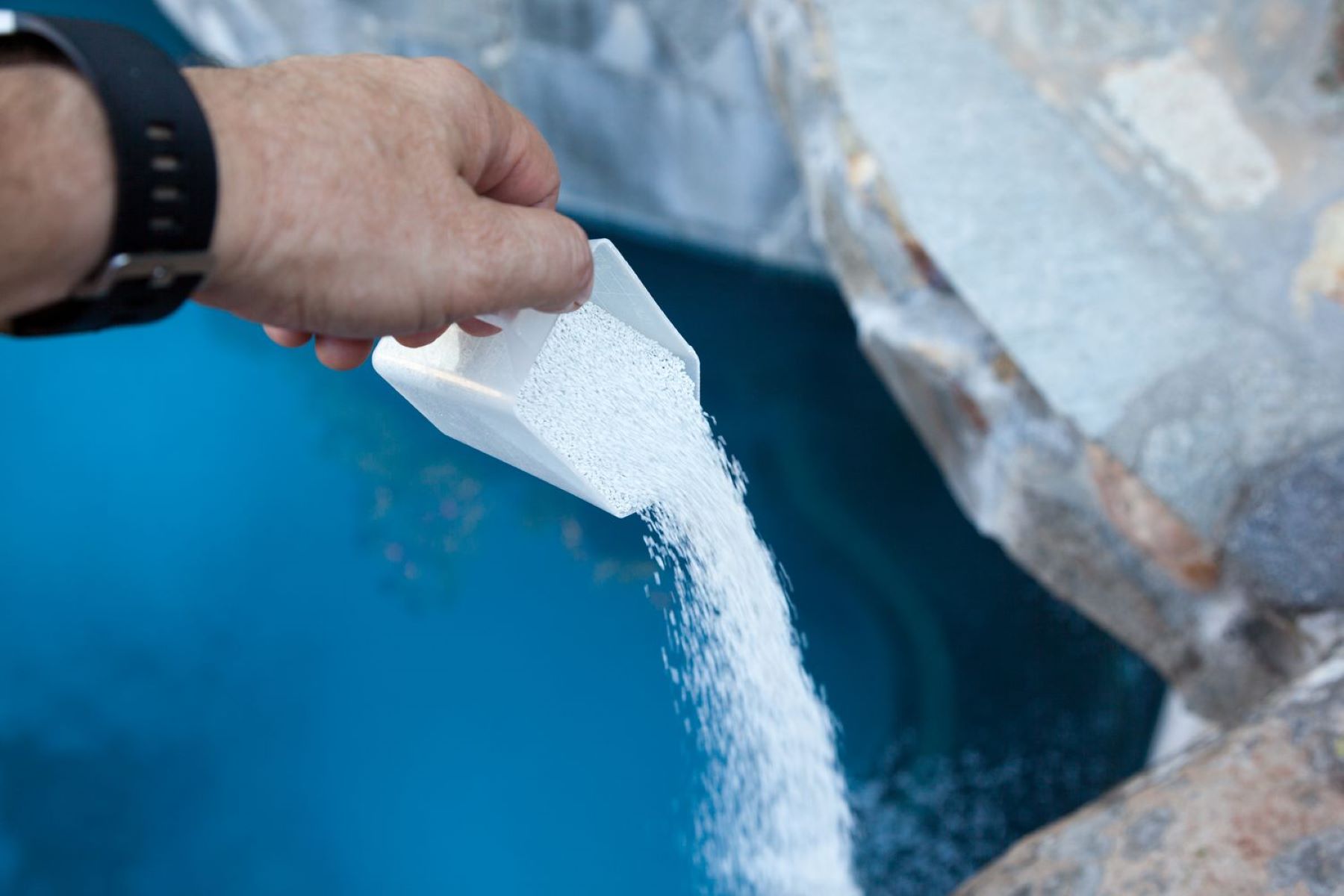
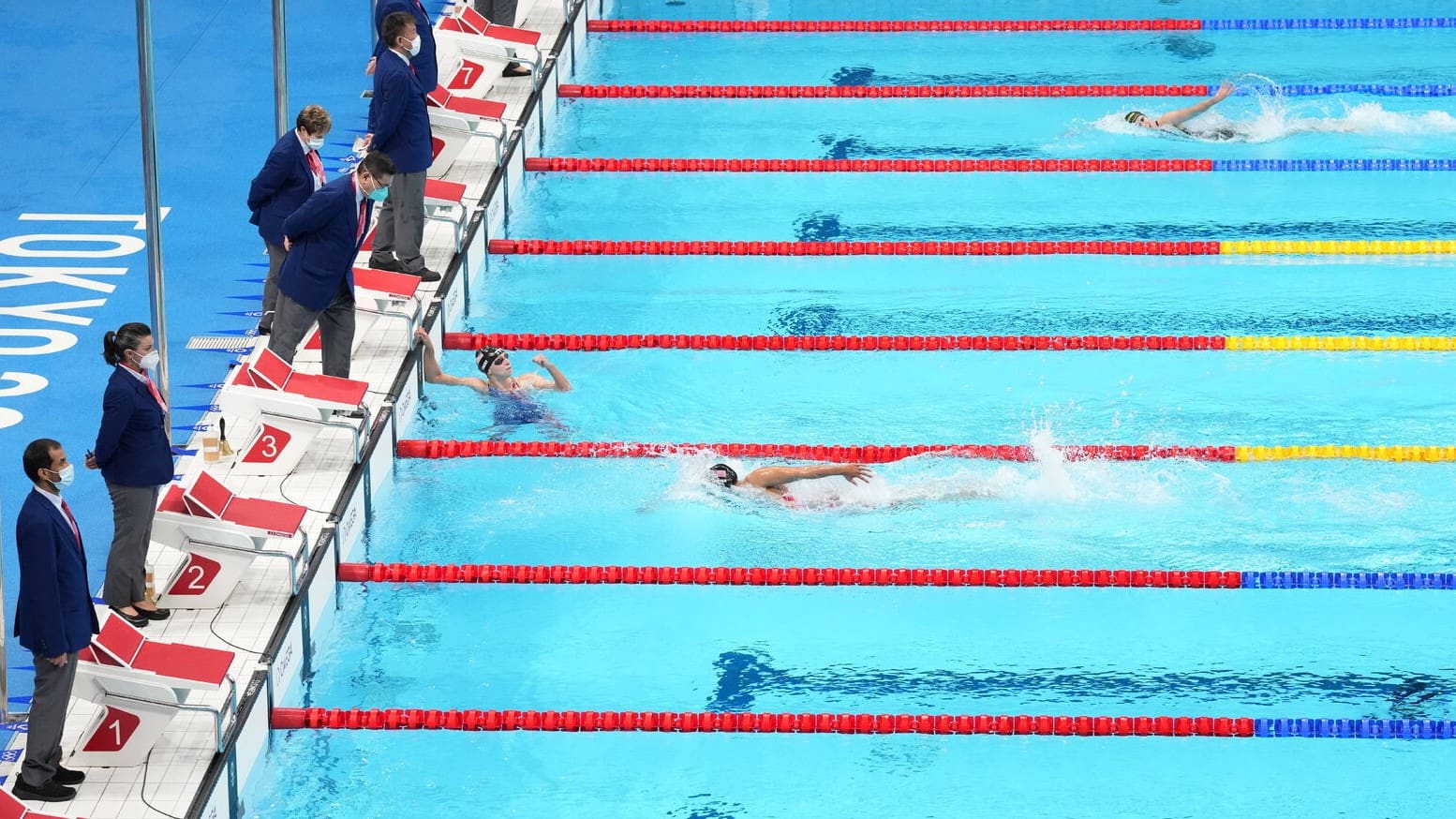


0 thoughts on “What Ppm Chlorine In Swimming Pool Water”